Daffodil Cake

is a vintage cake recipe that cleverly uses eggs to create two distinct batters - one stark white and one bright yellow - mimicking the colors of Spring daffodils. The white batter is a fluffy vanilla angel food cake, and the yellow batter in this old-fashioned daffodil cake recipe uses egg yolks for color and richness and is flavored with orange extract. The result is a beautifully marbled cake perfect for Spring events like Easter and Mother's Day.
Daffodils are one of the first plants to grow in the spring, their bright green stalks and leaves sprouting out of the dirt followed by cheerful yellow flowers. To me, they are the first sign of hope that the end of Winter is in sight and warm weather is not too far away. This daffodil cake brings the same sunny feeling when you cut into it, with the marbled white and yellow cake shining through.
For more light and bright cakes, try this strawberry shortcake layer cake, raspberry and almond cake, earl grey tiramisu, or strawberry banana cake.
Two in one - this simple daffodil cake consists of two separate batters (made in the same bowl!), creating two different colors, flavors, and textures in one cake! The combination of fluffy vanilla angel food cake and egg yolk rich, orange-flavored cake is a match made in heaven.
Simple - you'll only need 8 ingredients for this recipe even though you will make two different batters. By separating the eggs into the yolks and the whites, they do double duty without requiring a long list of ingredients.
Orange and vanilla - this flavor combination would be great any time of year, but to me it is inherently joyful and sunny, just like springtime. Try a bite of each cake flavor on it's own, then together, and you'll realize they all taste delicious! And if these flavors aren't your favorite, it's easy to customize by using different extracts.
- Eggs. Eight large eggs are used, though the yolks and whites will be separated to create two different batters that will all go into the same pan. The eggs should be at room temperature for best results.
- Cake flour. This flour has a lower protein content, which leads to a light, airy texture.
- Sugar. Granulated sugar sweetens both batters of this cake.
- Baking powder. While the eggs do most of the work in getting the cake to rise, the baking powder helps it along.
- Cream of tartar. This ingredient helps to stabilize the egg whites during the whipping process to prevent them from collapsing during the folding and baking.
- Extracts. The recipe calls for vanilla and orange extracts. See the next section if you're not a fan of orange!
See recipe card for full ingredients list and quantities.
- Substitute any extract you like such as almond, coconut, orange, or lemon.
- Add a touch of yellow food coloring if you'd like the yellow batter to be brighter.
- Layer the batters for a striped variation if you don't want to swirl them.
- Try different extracts for each batter for a different mix of flavors.
- If you don't have cake flour, all-purpose flour can also be used with great results. Be sure to sift the flour after measuring.
One: Add the egg whites, cream of tartar and extracts to the bowl of a stand mixer.
Two: Whisk until soft peaks form, then slowly add in the sugar.
Three: Whisk until stiff peaks form and it becomes glossy and fluffy.
Four: Sift in the dry ingredients.
Five: Gently fold in the dry ingredients until completely combined. Transfer to another bowl and clean the bowl.
Six: Add the egg yolks and extracts to the bowl and mix to combine, then add the sugar.
Seven: Whisk until considerably lighter in color and ribbons form.
Eight: Sift in the dry ingredients.
Nine: Mix the dry ingredients in by hand until completely combined and thickened.
Ten: Fold in ⅓ of the egg white cake batter into the yellow cake batter to lighten it up.
Eleven: Alternating adding scoops of batter to a tube pan (uncreased), then tap it on the counter a few times to remove air pockets.
Twelve: If desired, use a butter knife to gently swirl the batters into a decorative pattern. Tap on the counter again, then bake. Cool the cake completely upside down.
Thirteen: Once cool, mix together the orange zest, powdered sugar and orange juice until a thick glaze forms.
Fourteen: Add the glaze to the very top of the cake and gently spread to meet the edges. Slice and serve.
- Don't skip the sift! Sifting the dry ingredients helps ensure a light, fluffy cake.
- Use cake flour instead of the more standard all purpose flour for the lightest results in your cake.
- Make sure the bowl for the meringue is completely clean. Any amount of fat in the bowl will hinder the egg whites from whipping up.
- Use room temperature eggs for the meringue to get the best whip.
- Carefully fold in the dry ingredients to not deflate the egg whites.
- Don't grease the pan so the cake can crawl up the sides.
- Farm fresh eggs will have the most vibrant yolks for the yellow cake batter. If you don't have farm fresh eggs or want to add more vibrancy, you could also add a touch of yellow food coloring to the yellow batter to amp up the color.
- Don't over-swirl the batters, otherwise the yellow will overtake the white.
The hole in the cake pan allows heat to circulate around the cake which assists with an even bake, and it also allows the cake to crawl up the sides for good height.
Why didn't my cake rise?It's possible that the cake batter may have been over mixed, deflating the egg whites and altering the rise. Also, be sure not to grease the tube pan.
Why do you cool angel food cake upside down?Cooling cakes can sometimes lead to sinking from their own weight. By cooling the cake upside down, this prevents any collapse. The cake will not slip out due to the ungreased pan and the cake clinging to the sides.
Store the daffodil cake covered at room temperature for up to three days. Note that the cake can start to dry out after two days, especially if it is not fully sealed or covered.
Lemon Poppy Seed Cake with Cream Cheese Frosting
Carrot Snack Cake with Cream Cheese Frosting
Strawberry Whoopie Pies
Raspberry & Vanilla Swiss Roll with Chocolate Ganache
Did you make this recipe? Share it with us! Tag @thecozyplum on Instagram & Facebook and leave a star rating ⭐️ below!
Daffodil Cake
Recipe details
Ingredients
White Batter
- ▢ 8 large egg whites room temperature
- ▢ 1/2 teaspoon cream of tartar
- ▢ 3/4 teaspoon orange extract
- ▢ 1 teaspoon vanilla extract
- ▢ 2/3 cup granulated sugar
- ▢ 2/3 cup cake flour
- ▢ 3/4 teaspoon baking powder
- ▢ 1/2 teaspoon kosher salt
Yellow Batter
- ▢ 8 large egg yolks room temperature
- ▢ 2/3 cup cake flour
- ▢ 1/2 cup granulated sugar
- ▢ 1 1/4 teaspoons baking powder
- ▢ 1/4 teaspoon kosher salt
- ▢ 3/4 teaspoon orange extract
- ▢ 1 teaspoon vanilla extract
- ▢ yellow food coloring optional
Glaze
- ▢ 1 1/2 cups powdered sugar
- ▢ 1-2 tablespoons orange juice or milk
- ▢ orange zest
- ▢ 2 teaspoons Cointreau or Grand Marnier optional
Instructions
- Pre-heat the oven to 350°F.
- Sift together the flour, baking powder and salt for the white batter and set aside.⅔ cup cake flour, ¾ teaspoon baking powder, ½ teaspoon kosher salt
White cake batter:
- Add the egg whites to the bowl of a stand mixer fitted with the whisk attachment (be sure it’s completely clean).8 large egg whites
- Add the cream of tartar, orange and vanilla extracts and whip on medium speed until soft peaks form.½ teaspoon cream of tartar, 1 teaspoon vanilla extract, ¾ teaspoon orange extract
- With the mixer running, slowly pour in the sugar and increase the speed to medium high and whip until the mixture forms stiff, glossy peaks.⅔ cup granulated sugar
- Add half of the flour mixture (for the white batter) and fold it into the meringue mixture using a rubber spatula until just combined. Repeat with the second half, taking care not to deflate the batter. Once combined, set aside. Transfer to a new bowl, as you’ll need the stand mixer bowl for the yellow cake batter.
Yellow batter:
- In a bowl, sift the flour, baking powder and salt for the yellow batter and set aside.⅔ cup cake flour, 1 ¼ teaspoons baking powder, ¼ teaspoon kosher salt
- In the bowl of a stand mixer fitted with the paddle attachment, beat the egg yolks and orange and vanilla extracts until broken down. With the mixer on medium speed, slowly add the sugar and beat until it becomes pale yellow and fluffy. If desired, add a small amount of yellow food coloring to brighten the batter.8 large egg yolks, ½ cup granulated sugar, ¾ teaspoon orange extract, 1 teaspoon vanilla extract, yellow food coloring
- With the mixer running on low speed, add the flour mixture a spoonful at a time until the batter is smooth.
- Add ⅓ of the white cake meringue batter to the yellow batter and fold it into the yellow cake batter until completely combined, without deflating.
- Using a large cookie scoop, alternate adding the white and yellow cake batters in random patterns to the tube pan until it’s completely used up.
- Shake and tap the pan gently to help it set. Then, use a butter knife to lightly swirl the batters together. Smooth out the top then tap it twice again to remove any additional air bubbles.
- Note: Alternatively add white batter to the bottom and smooth out, then add a layer of yellow batter and smooth out. Continue alternating for a more striped effect.
- Bake the cake in the lower third of the oven at 350°F for 40-45 minutes or until a toothpick inserted in the center comes out clean.
- Remove from the oven and immediately invert the pan onto a bottle, funnel, or wire rack and leave it to cool completely (at least 1.5 hours).
- To remove the cake from the pan, use a knife or offset spatula to loosen the inner and outer edges of the cake from the sides of the pan and allow it to fall from the tube pan. Place on a cake stand.
- Whisk together the ingredients for the glaze (it should be rather thick), then pour over the top of the cake, allow it to run down the sides slightly.1 ½ cups powdered sugar, 1-2 tablespoons orange juice or milk, orange zest, 2 teaspoons Cointreau or Grand Marnier
- Top with edible flowers, if desired, or add a small vase of daffodils to the center of the cake.
Tips
- Store the cake covered at room temperature for 3 days.
- Note that daffodils are toxic and cannot be consumed. If used for decoration, place them in a vase in the center of the cake and be sure no petals fall.




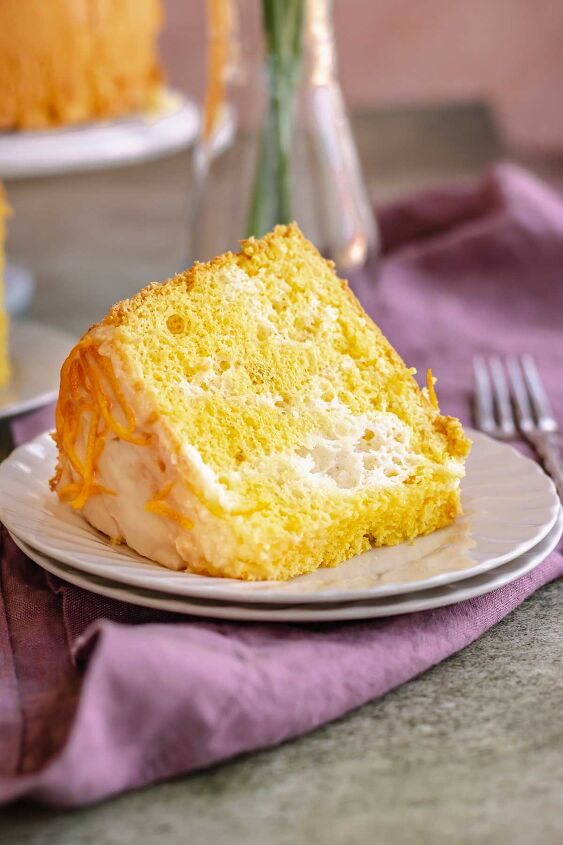






















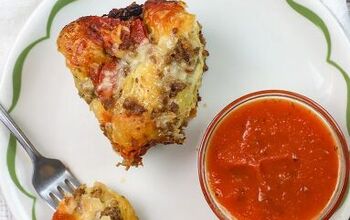

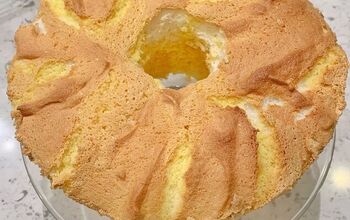
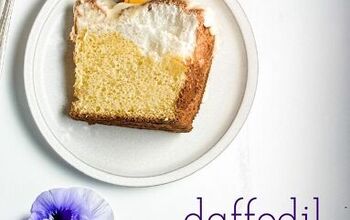

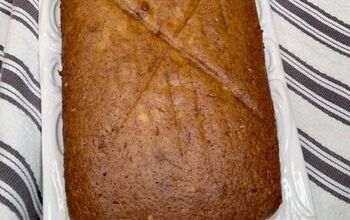
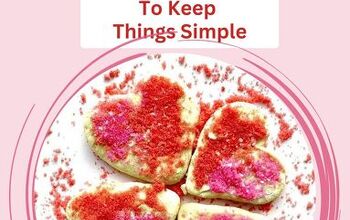
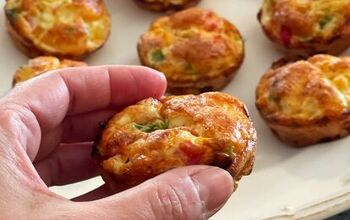


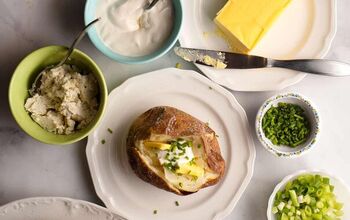

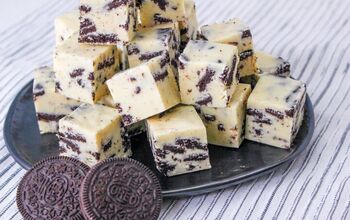
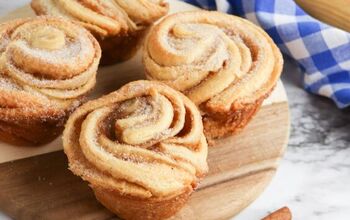
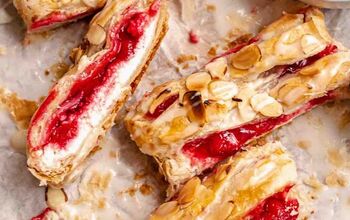
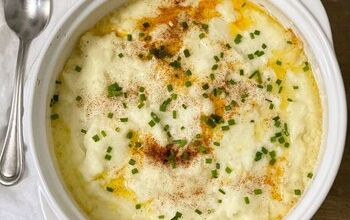
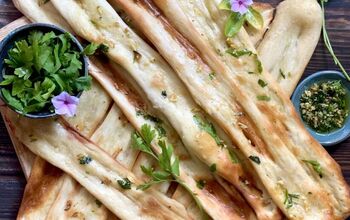
Comments
Share your thoughts, or ask a question!